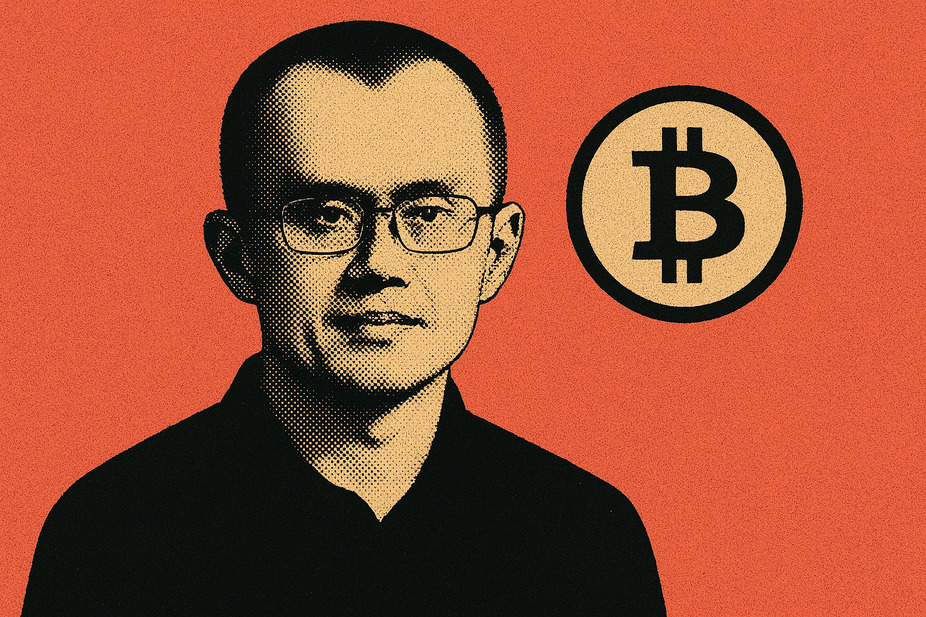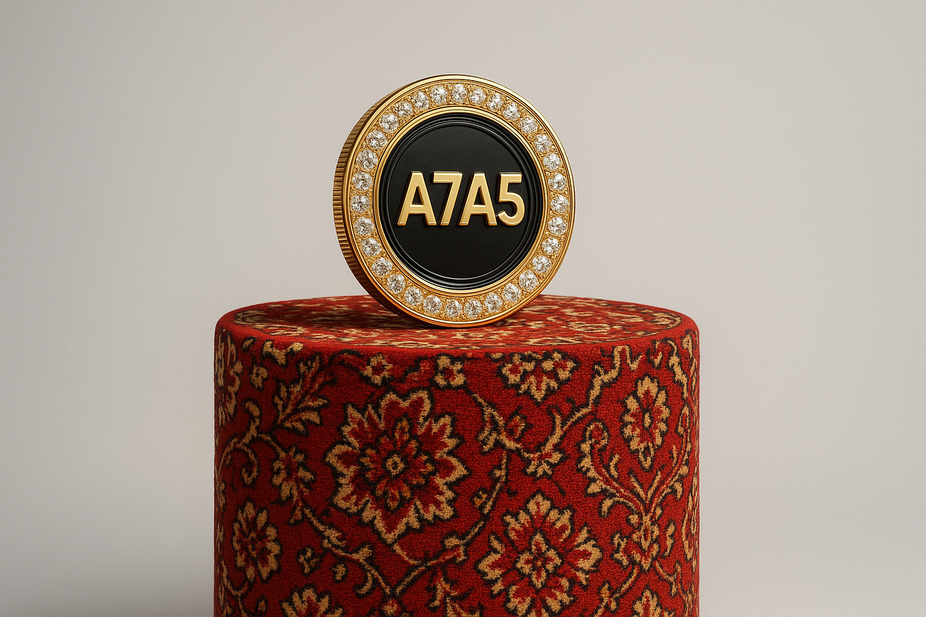Popular cryptos
Toncoin
Download Ironwallet app and get tool for making transaction without network fee
About Toncoin
Toncoin (TON) is a cryptocurrency that originated from the Telegram Open Network (TON), a blockchain project started by the founders of Telegram messenger in 2018. While the original TON project did not launch as planned due to regulatory issues, Toncoin later emerged in 2021 as an independent network claiming to realize the vision of TON using decentralized technologies.
Creation of Telegram Open Network
In early 2018, Telegram founders Pavel Durov and Nikolai Durov conceived the idea for Telegram Open Network as an ecosystem of blockchain services and decentralized applications integrated into Telegram messenger. They undertook a $1.7 billion ICO to fund the development of TON and the ecosystem. However, TON’s ambitious vision was cut short in 2020 when Telegram had to shut the project down after facing scrutiny from the SEC over the unregistered token sale.
Launch and Controversy Over Telegram ICO
Telegram conducted one of the highest-grossing ICOs of all time, raising $1.7 billion in two private token sales in 2018. The sales were limited to qualified and accredited investors. While legally compliant in most jurisdictions at the time, the SEC later deemed them as unregistered security offerings after TON had gained significant traction in the crypto community.
Following a court dispute, Telegram agreed to cease operations of TON and its native token Grams in 2020 until obtaining further approvals. This marked one of the most prominent clashes between crypto projects and regulators over the fuzzy legality of ICOs. The SEC has since provided more guidance around defining securities in crypto assets.
Shutdown of Telegram Open Network
In April 2020, Telegram officially announced that it was abandoning the TON project after losing an initial court case brought by the SEC. The SEC had argued that Telegram violated investor protection laws by failing to register their ICO sales. After already postponing the TON launch date twice, Telegram decided to shut the project down rather than wage a drawn out legal battle.
TON’s mainnet was over 90% complete when the project ceased. The sudden shutdown was a major disappointment for the crypto industry, given the project’s visionary whitepaper and Telegram’s large existing user base that could potentially serve as early adopters. However, the regulatory hurdles proved insurmountable at the time.
Launch of Toncoin on Other Blockchains
After the demise of Telegram’s TON in 2020, ex-TON investors resurrected the project under the new name Toncoin in 2021. Having rebranded the native token from Grams to Toncoins, they rebuilt the network using a fork of the original TON code without Telegram’s involvement.
As Telegram had signed over IP rights and code repositories to TON investors as part of the shutdown agreement, the founders of Toncoin deployed the network on the Ethereum, Binance Smart Chain, Solana, and Polygon blockchains throughout 2021 and 2022. By leveraging these existing chains for security and interoperability, Toncoin aimed to fulfill TON’s goal of a multipurpose cryptocurrency and avoid regulatory red tape faced by Telegram.
Key Features and Technology Behind Toncoin
As a revived implementation of TON, Toncoin retains several key technical features privy to the Telegram blockchain. These include speed and scalability focused on enabling mainstream transactions, Ethereum Virtual Machine compatibility, smart contracts functionality, and built-in tools for decentralized applications known as “TON services”.
Specifically, the reengineered network utilizes sharding, a method of horizontal partitioning to parallelize operations across multiple network nodes for higher throughput. This allows Toncoin to achieve speeds up to millions of transactions per second, which rivals leading networks like Solana. Additionally, the TON Virtual Machine enables Ethereum smart contracts and DApps to run on Toncoin.
On the native token side, Grams have been renamed Toncoins (TON). To avoid the legal troubles faced by Telegram, Toncoin is positioned as a utility coin to underpin participation in the Toncoin ecosystem as opposed to an investment vehicle.
Use Cases and Adoption of Toncoin
As a revived version of Telegram’s internet-of-value ecosystem, Toncoin aims to become a versatile blockchain solution for payments, DeFi services, NFTs, governance, staking, and more. Its high-speed smart contract capabilities make Toncoin well-suited for the decentralized apps first envisioned for TON, including micropayments, distributed file storage, decentralized VPN, advertising network, and tokenized digital content platforms.
Thus far, Toncoin adoption has proven slower than expected. But the network remains young since launching in 2021. In terms of development activity, hundreds of projects are building DApps on Tonchain, Toncoin’s Ethereum fork version. Additionally, TON has a multi-chain bridge allowing value transfers between Ethereum, BSC, Polygon and Solana. Integrations with well-known platforms like Metamask, Ledger, and Trezor also aim to improve access and utility of the network.
Competition with Other Cryptocurrencies
As another smart contract platform cryptocurrency in a crowded field, Toncoin competes directly against Ethereum, Solana, Polkadot, Cardano and other leading chains for developer share and adoption. Each network brings its own strengths – for example, Solana also offers high scalability and low fees while Ethereum leads in on-chain activity.
But as one of the few projects purpose-built for mass adoption from inception, Toncoin is banking on its deep Telegram-based community roots combined with ease of onboarding onto its ecosystem to stand out. If it overcomes earlier regulatory troubles and achieves greater app development, the revived TON vision may yet disrupt the blockchain landscape in the mid to long term by fulfilling its original promise to integrate cryptocurrencies into messaging and social media engagements.
TON Wallets
TON Wallets are cryptocurrency wallets designed to store Toncoins (TON) and interact with decentralized applications on the Toncoin blockchain. After the original Telegram Open Network (TON) was shut down, Toncoin emerged as an independent network aiming to realize TON’s vision of a fast and scalable blockchain ecosystem.
Some key things to know about TON Wallets:
- Compatibility – They are compatible with the revived Toncoin blockchain as well as Ethereum and other chains that Toncoin is deployed on. This allows easy transfer of coins across chains.
- Private keys – Wallets give you control of your private keys compared to keeping coins on exchanges. Private keys enable sending/receiving tokens and executing smart contracts.
- Security – Leading TON wallets offer security features like seed phrases, PIN codes, two-factor authentication, and crypto-asset insurance to protect your funds.
- Functions – TON wallets can facilitate payments, decentralized app usage, staking/voting, NFT storage, and more utilities supported by the Toncoin blockchain.
- Examples – Some popular TON wallet options include Ton Wallet, Tonkeeper, TON Center Wallet, and TON Crystal Wallet. These are available as browser extensions, mobile apps, or desktop apps.
- Ease-of-use – Many wallets aim for an intuitive user experience. Features like cross-chain transfers, dApp browsers, and Telegram login integration provides easy onboarding to the Toncoin ecosystem.
TON Wallets enable secure storage, transactions, and interaction with all services on the revived Toncoin blockchain network – aiding adoption of TON’s original vision for a decentralized internet fused with messaging capabilities.
Future Outlook for Toncoin
Given it only launched in 2021 and still relies on workarounds involving the Ethereum, BSC, Polygon, and Solana networks for deployment, Toncoin has an uphill journey ahead to fully deliver on its goal of a speedy, low-cost blockchain integrated with apps.
Nonetheless, TON’s envisioned messaging- blockchain fusion remains as relevant as ever with social tokens and Web3 going mainstream. If the current Toncoin team can channel Telegram’s original community strength with sound technical fundamentals, while avoiding regulatory missteps of the past, the upstart network may still develop into one of most useful blockchain ecosystems around payments, messaging, and decentralized apps.
The key challenges remain pushing developer traction beyond enthusiasts to support real mainstream usage while reconciling this growth with global regulatory frameworks. However the Toncoin story unfolds, the reopened chapter retains TON’s intriguing vision linking blockchain functionalities across communication platforms to power a web3-infused economy.
Conclusion
Originally conceived as Telegram’s blockchain initiative in 2018, Toncoin emerged from TON’s ashes after Telegram shuttered the project. Now forging its own path as an independent network across multiple blockchains, Toncoin aims to fulfill the promise of a lightning-fast scalable ecosystem supporting decentralized apps, tokenization, DeFi services, governance, NFTs, staking, and micropayments across digital platforms.
Having overcome its predecessor’s regulatory troubles, Toncoin’s future hinges on driving developer adoption and real use cases leveraging the network’s Telegram-linked origins. Despite past turbulence, Toncoin retains and breathes new life into TON’s vision for an interconnected blockchain embedded into communications and social networking all over a decentralized internet.
Popular cryptos
FAQ
- Binance
- Coinbase
- Kraken
- Bitfinex
- Huobi Global

























